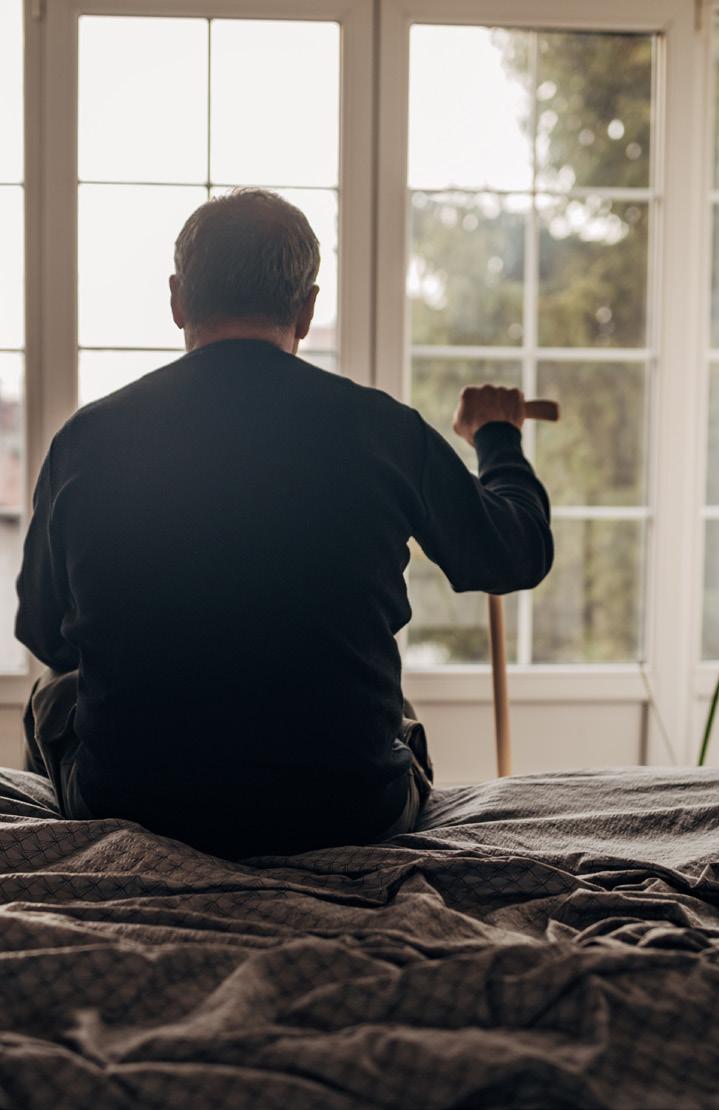
4 minute read
DMedical
from FlowOx Brochure
by DMedical
We are a significant supplier in the health care market. We provide several different products within the following product categories: hygiene, surgery, waste management and rehabilitative treatment.
Our shared responsibility
Advertisement
DMedical is a "Miljøfyrtårn" environmental certified company. Together we work to be a business with a common and healthy set of values. We care about our effect on the environment and the community, therefore we set strict demands to ourselves and how we operate our business. These values are reflected in our employees values and behaviour. Our goal is to continuously work to prevent pollution from our own operations and the products we supply.
As a proud member of Ethical Trade Norway, we work purposefully to safeguard human and worker rights, as well as society and the environment in our collaboration with our partners. We want to help ensure decent working and environmental conditions throughout the supply chain.
Clinical Background
FlowOx™
Clinical Background
FlowOx™ is recommended for patients who suffer from blood flow deficiencies in the lower limbs.
Which patients can benefit from FlowOx™...........................06
Peripheral Arterial Disease................07
What problems are caused by ischemia?.............................................08
The Fontaine classification ..............10
Read more at www.dmedical.no
Clinical Data
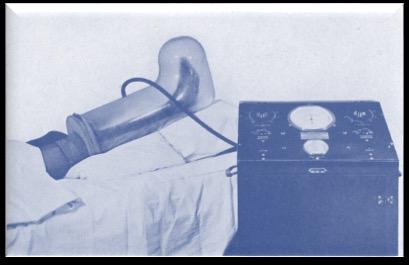
Through the years, the science behind the mechanisms of action with FlowOx™ have been carefullly studied. In this brochure we present the key reports and studies.
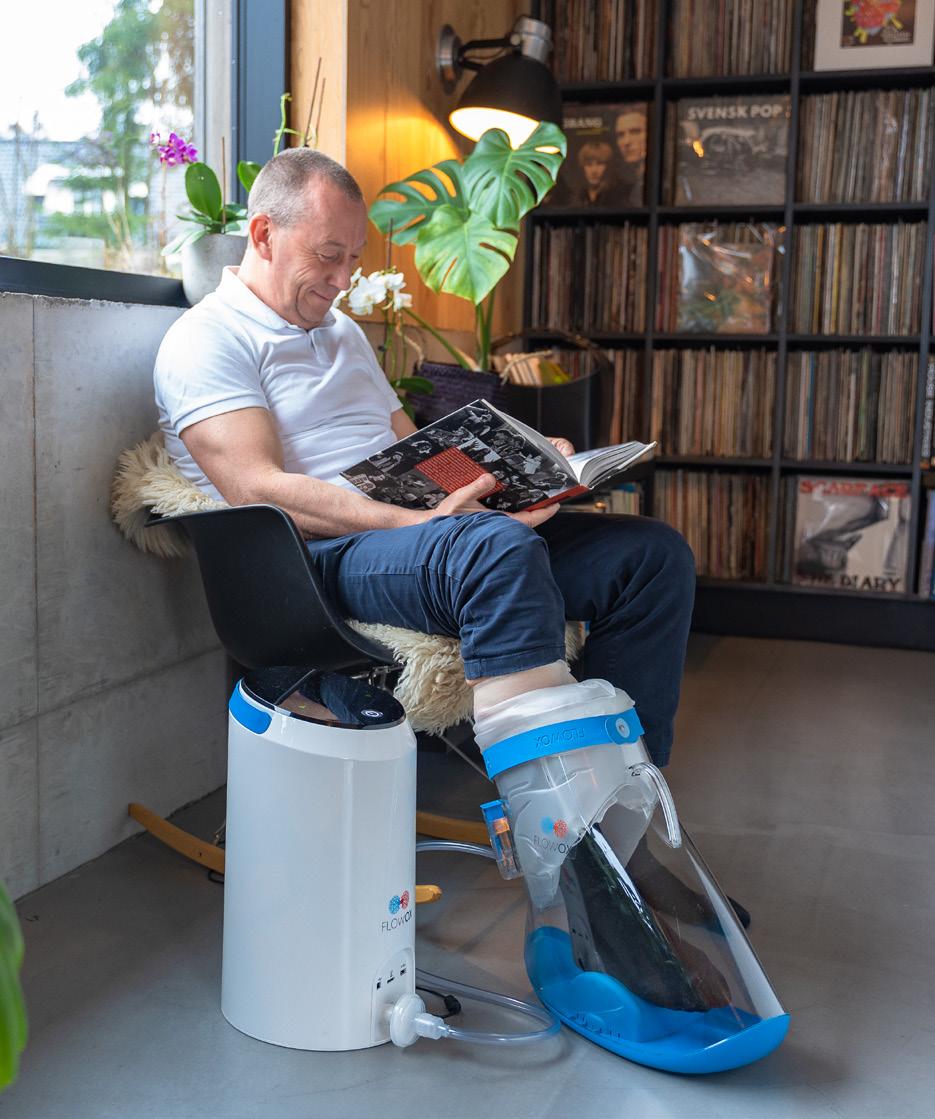
FlowOx™ is an Intermittent
Negative Pressure Therapy
FlowOx™ is a revolutionary new technology for the treatment of reduced peripheral circulation. The technology is based on a tested and gentle intermittent negative pressure technology. FLOW
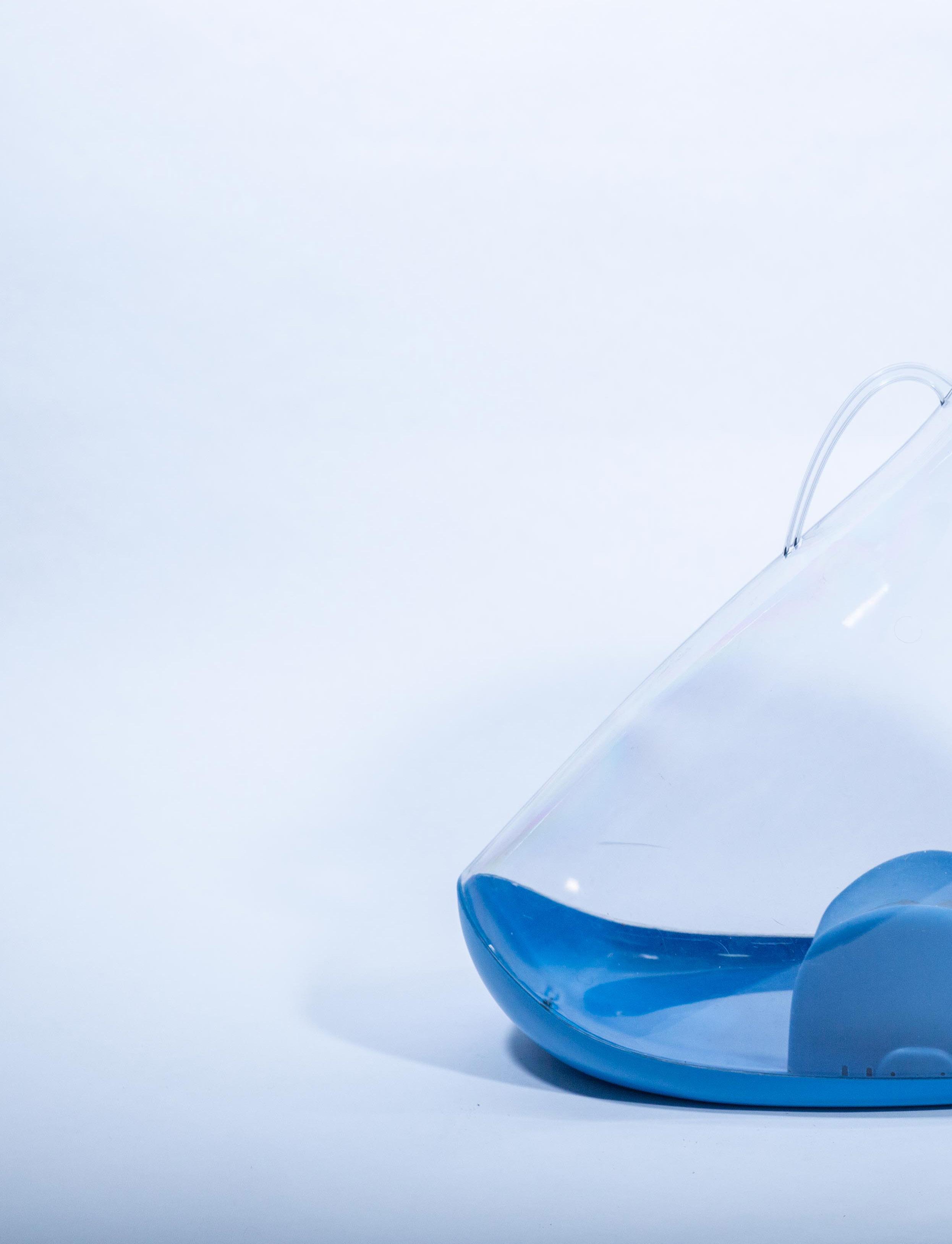
A non-invasive, non-sterile medical device, designed for patients to operate in their own homes.
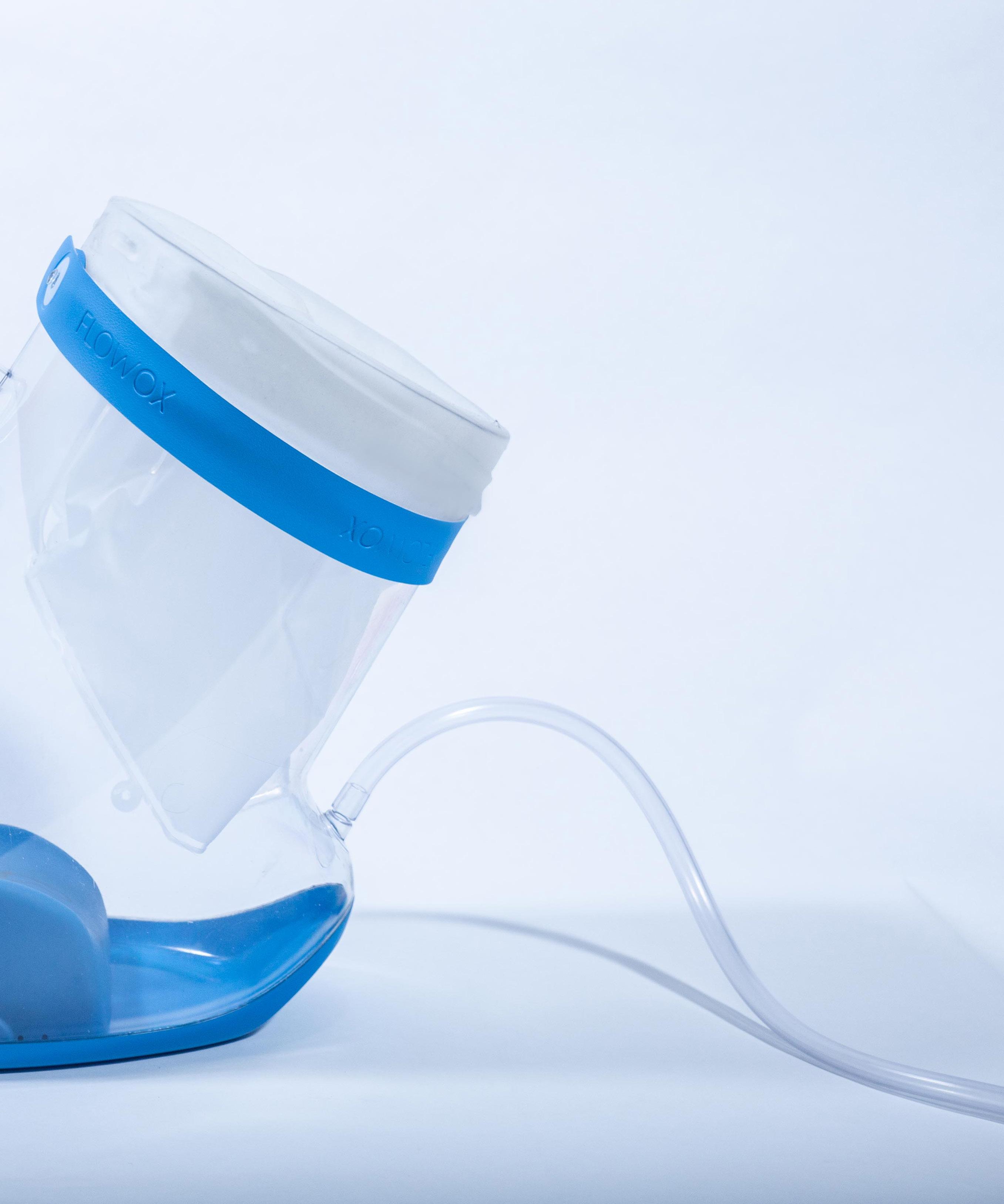
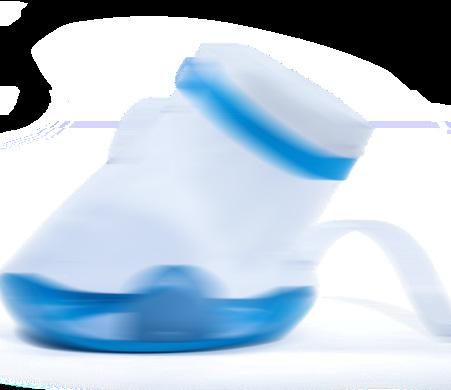
CE Marked (CE 2460)
Which
patients Can benefit from FlowOx™?
FlowOx™ is indicated for the treatment of the following conditions in adults over the age of 18:
1. Peripheral Arterial Disease such as intermittent claudication, rest pain or wounds.
2. Diabetic and non-diabetic arteriophatic foot- and leg ulcers
3. Foot and lower leg ulcers of mixed aetiology associated with immobility such as paraplegia following spinal injury
Peripheral Arterial Disease (PAD)
Severe cases of narrowing or blockage of the arteries in the legs or lower extremities
Clinical Background
Arteriosclerosis
Arteriosclerosis occurs when the blood vessels that carry oxygen and nutrients from the heart to the rest of the body (arteries) become thick and stiff — sometimes restricting blood flow to the organs and tissues. Healthy arteries are flexible and elastic.
This buildup of plaque, also known as atherosclerosis, narrows or blocks blood flow, reducing circulation of blood to the legs, feet, or hands.
Peripheral Arterial Disease
PAD is a common circulatory problem in which narrowed arteries reduce blood flow to the limbs. When developing PAD, the extremities — usually the legs — does not receive enough blood flow to keep up with the demand.
Intermittent Claudication
Claudication is pain caused by too little blood flow to muscles during exercise. Most often this pain occurs in the legs after walking at a certain pace and for a certain amount of time — depending on the severity of the condition. The pain usually isn't constant, it begins during exercise and ends with rest.
Critical Limb Ischemia (CLI)
Arteriosclerosis is the main cause for PAD. PAD may be asymptomatic, or symptomatic causing intermittent claudication or CLI.
CLI is the advanced stage of PAD, which results from a progressive thickening of an artery's lining (caused by a buildup of plaque). The clinical defintion of CLI is rest pain and/or arterial wounds. This is a chronic disease where there is a significant reduction in blood flow to the limbs, which can lead to tissue death, gangrene, and amputation.
4,000 Surgical procedures per year
NOK 100 000 Per patient annually
800 Amputations per year CLINICAL BACKGROUND
NOK 500-800 million Annual amputation cost
Ischemia is lack of oxygen and other nutrients, and reduced removal of metabolites, due to reduced blood flow. This condition can cause pain, and lead to unhealing wounds and gangrene.
Reduced quality of life
Living with ischemia and having a chronically poor peripheral circulation has shown a significant and accelerating negative impact on patients’ quality of life.
The condition causes patients to struggle with discomfort, pain and a lack of mobility. This results in an increasing use of pain medication and a limited ability to engage in physical activities. Additionally, this patient group has limited options for treatment (often limited to palliative care).

Financial challenges
The financial burden of treating patients with insufficient peripheral microcirculation is extensive and increasing: The annual cost of treating chronic wounds in home care amounts to NOK 100,000 per patient1.
Approximately 4,000 surgical procedures (revascularizations) are performed on patients with reduced peripheral blood circulation. The number is increasing by about 5 % per year.2
More than 800 amputations are carried out annually in Norway and the cost of this is NOK 500-800 million.3
It is expected that the societal cost of reduced macro- and microcirculation will increase significantly with the aging population and the increased prevalence of patients with diabetes.
What are the effects of reduced macro- and microcirculation?
Microcirculation is the blood flow through the smallest arteries in the circulatory system.
Macrocirculation is the circulation of blood to and from the organs, as distinguished from microcirculation.
Reduced macro- and microcirculation can lead to lack of nutrition, oxygenation, and reduced removal of metabolites from the tissue.
This may cause the following:
• Ischemic pain
• Reduced local immune function and thereby increased risk of infections
• Reduced ability to produce collagen and thereby limiting the tissue’s ability to heal itself.
Collectively, this reduces the body’s ability to form new blood vessels and its ability to heal wounds.
Over time, the condition will become chronic and progressive, increasing the need for long term pain management, wound healing, and palliative care. The condition often deteriorates to a stage where amputation is inevitable.
Sources
1. Jorunn Hagen Rønsen; UiO 2012: Costs for the treatment of chronic leg ulcers in home nursing.
2. Wendt K, et al. BMJ Open 2017;7
3. Otivio.




